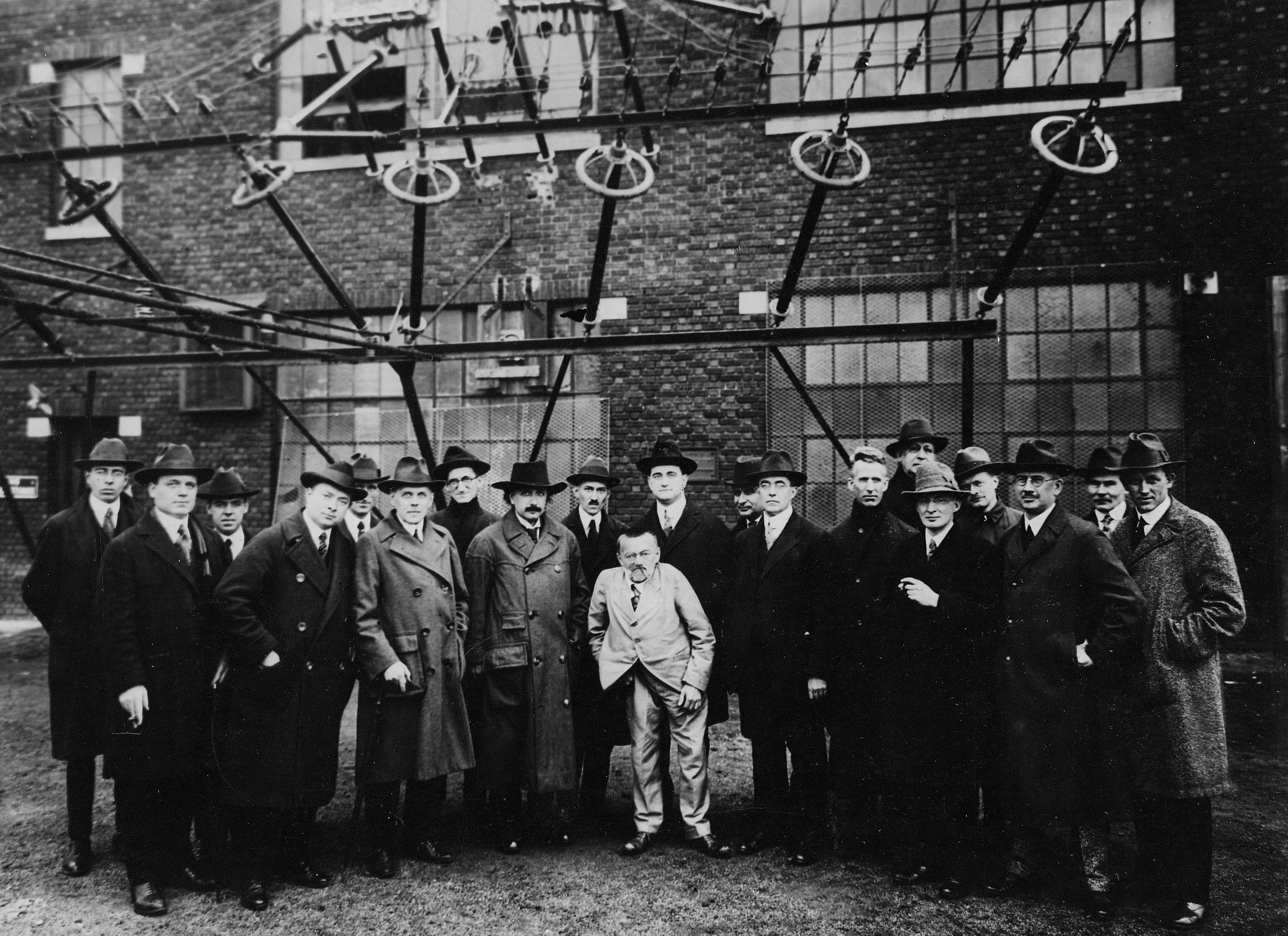
Add To Cart Duplicate
The product you try to add is already in your cart. Do you want to increase its quantity or add another cart position?
Charles Proteus Steinmetz – the giant of alternating current technology

Carl August Rudolph Steinmetz was born on 09 April 1865 in Wrocław. His early life was not easy, as the boy was quite sickly and suffered from numerous ailments, including dwarfism and hip joint dysplasia. He had also serious issues with his sight. However, he demonstrated a formidable talent for learning, and studied at the renowned Johannes Gymnasium, and later at the University of Wrocław, where he delved into such fields as mathematics, physics, chemistry and economy. He graduated with a master’s degree and started his PhD track, however, was not able to complete it, as he had to escape arrest due to his membership in the Socialist Students’ Association. In order to shun the authorities, the fledgling physician escaped to Switzerland to study at the Federal University of Technology in 1888–1889. When his Swiss visa expired, he returned to the German Empire, and later emigrated to the USA. There, he changed his names to make them more American-sounding and pursued his professional career in the Rudolf Eickmeyer’s electric engineering company. In the laboratory he created there, Steinmetz made his first significant discovery, namely, he described and devised formulas related to the phenomenon of hysteresis and related power losses in electric equipment. This enabled him to optimise machine designs and streamline the process of creating efficient electric motors. Steinmetz presented this discovery to a broad audience at the American Institute of Electrical Engineers, which jump-started his career and strengthened its position among American physicists.
Steinmetz – great theoretician of electric engineering
As a result of successful implementation of a series of projects, including the commutator motor, Steinmetz gained experience and reputation that paid off in the following years, when the Eickmeyer’s plant was acquired by General Electric Company. The talented engineer was first employed as the chief of the design office, to be later promoted to the position of the research and development director. His work exerted considerable impact on the electric engineering development, as he developed a symbolic method for making electric circuit calculations using complex numbers, studied transient states in electric circuits, and worked on improving possible electricity applications. He also elaborated numerous textbooks to educate the whole generations of engineers.

Photo 1 Charles Proteus Steinmetz accompanied by, among others, Albert Einstein, while visiting the Radio Corporation of America (RCA)
From motors to power plants
Despite his impairments, Charles Proteus Steinmetz did not limit himself merely to theoretical work. His achievements also included numerous successful projects related to alternating current applications, for example, motors for railways, hydroelectric power plants or various appliance models such as fluorescent lamps or even electric cars. In total, he obtained 200 patents. Steinmetz’s most important projects also included the hysteresis motor, however, the scientist developed only its theoretical model, and the device itself was created after he died.
Steinmetz – a communist in a capitalist empire
As we have mentioned before, the physicist was forced to leave Wrocław due to his membership in the Socialist Students’ Association. Later, however, he fully demonstrated his support for the socialist movement. He strongly supported the October Revolution and maintained contact with Lenin. He was even ready to contribute to Soviet Russia’s development, but the offer was rejected. Eventually, the scientist stayed in the USA, but never abandoned his communist ideals – for example, he waived a regular salary, and only occasionally issued invoices, while living in a house owned by his employer. He also advocated for a four-hour working day and sought equal rights for all workers. In the end, however, he himself worked well beyond the ordinary, also in his leisure time, supporting development of one of the US market giants.
No alternative for alternating current
Even though some might claim that alternating current is an obsolete technology going back to the 19th century, its significance cannot be underestimated, as it paved the way for broadly-defined electrification and still remains the bloodstream of the power engineering industry. It has also built the foundations for the wireless transmission technology, as it is used to operate converters, motors, filters, audio systems and countless other components. In many respects, the AC circuit theory has been equally important for electronic engineering development, for instance when it comes to semiconductors. It is particularly true for renewable energy sources and projects aimed at enhancing electric equipment performance. Obviously, nowadays, this theory is related not only to transformers or broadly-defined industrial equipment. Each switched-mode power supply module or even a miniature Bluetooth, Wi-Fi or RF module is also, to a certain extent, based on Charles Steinmetz’s achievements. In fact, perhaps a lesson for the future should be learnt here. Rather than repeating the clichéd pseudo-moral stories about the superiority of the mind over adversity, let us concentrate on the fact that simplifying engineering solutions is not necessarily the key to success.
